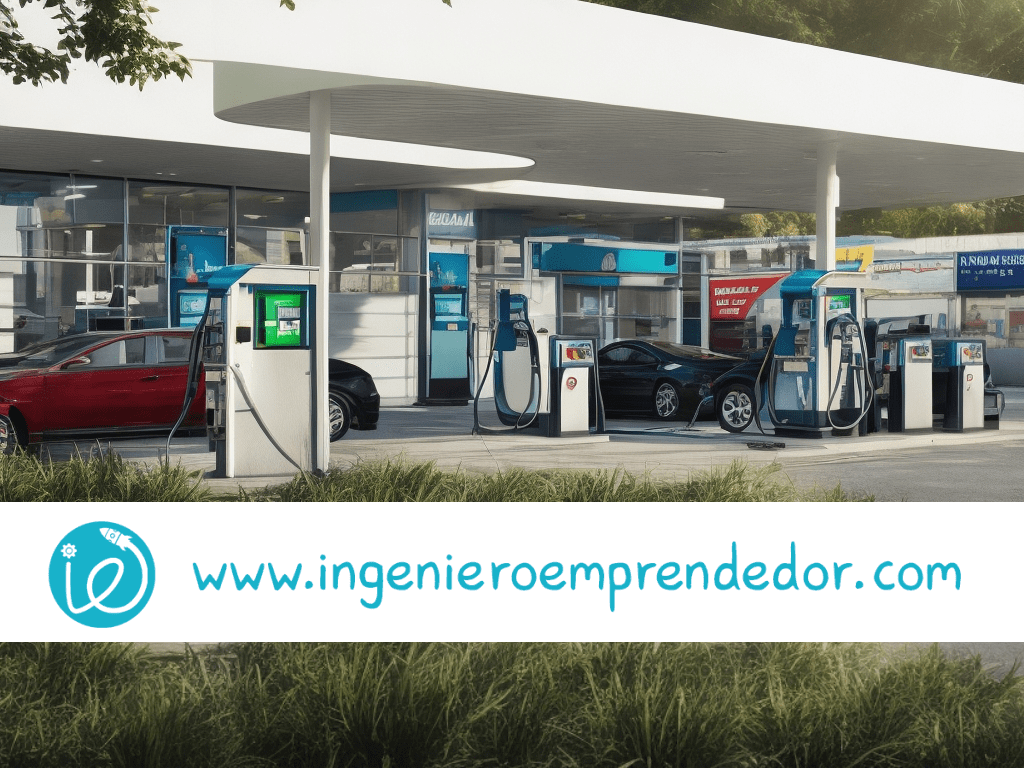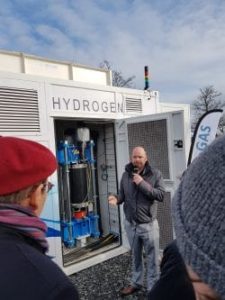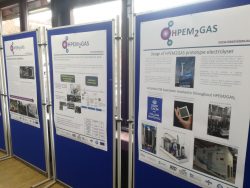Recharging the Future: How Hydrogen Cars are Recharged and their Different Methods

Introduction
Sustainable mobility has seen a surge in recent decades, driving the search for cleaner propulsion solutions. Hydrogen cars have emerged as a promising option. In this article, we will delve into the details of how hydrogen cars are refueled and the various methods available for this process.
1. Fundamentals of Hydrogen Car Refueling
Before delving into the types of refueling, it’s essential to grasp the basic principles of how these vehicles are refueled. Hydrogen cars store gaseous hydrogen in high-pressure tanks, which is then supplied to a fuel cell stack. In the stack, hydrogen reacts with oxygen from the air, generating electricity to power the electric motor and producing only water as a byproduct.
2. Refueling at Hydrogen Stations
The most common method for refueling hydrogen cars involves visiting specialized hydrogen stations. These stations provide high-pressure hydrogen, which is stored in the vehicle’s tanks. The refueling process at a hydrogen station is fast, similar to filling a gasoline tank, and typically takes only a few minutes.
3. Types of Hydrogen Stations
There are two main types of hydrogen stations: on-site production stations and centralized distribution stations. On-site production stations generate hydrogen on-site, usually through water electrolysis or natural gas reforming. In contrast, centralized distribution stations transport compressed hydrogen from a central source and distribute it through pipelines to multiple stations. Both approaches have technical advantages and challenges.
4. Home Refueling
Although less common, it is possible to refuel hydrogen cars at home. This involves the installation of an electrolysis system that converts water into hydrogen using electricity. However, this method is less efficient and generally slower than refueling at specialized stations. Additionally, it requires a reliable source of electricity, preferably from renewable sources.
5. Mobile Refueling
In situations where access to a hydrogen station is limited, such as remote areas or emergencies, mobile refueling can be used. This method entails the transportation of compressed hydrogen in a specially equipped vehicle that can refill a hydrogen car’s tanks on-site as needed.
6. Future Perspectives
Hydrogen refueling infrastructure is continually evolving, with significant growth in regions like Europe, Japan, and California. As the network of hydrogen stations expands, hydrogen car refueling is expected to become more accessible and convenient, potentially driving greater adoption of this technology.
Conclusion
Refueling hydrogen cars is a key process in the successful adoption of this sustainable mobility technology. With a growing network of hydrogen stations and ongoing developments in refueling methods, hydrogen car refueling is becoming more accessible and efficient. As we move toward a cleaner and more sustainable future, hydrogen car refueling will play a crucial role in the mobility of tomorrow.

























